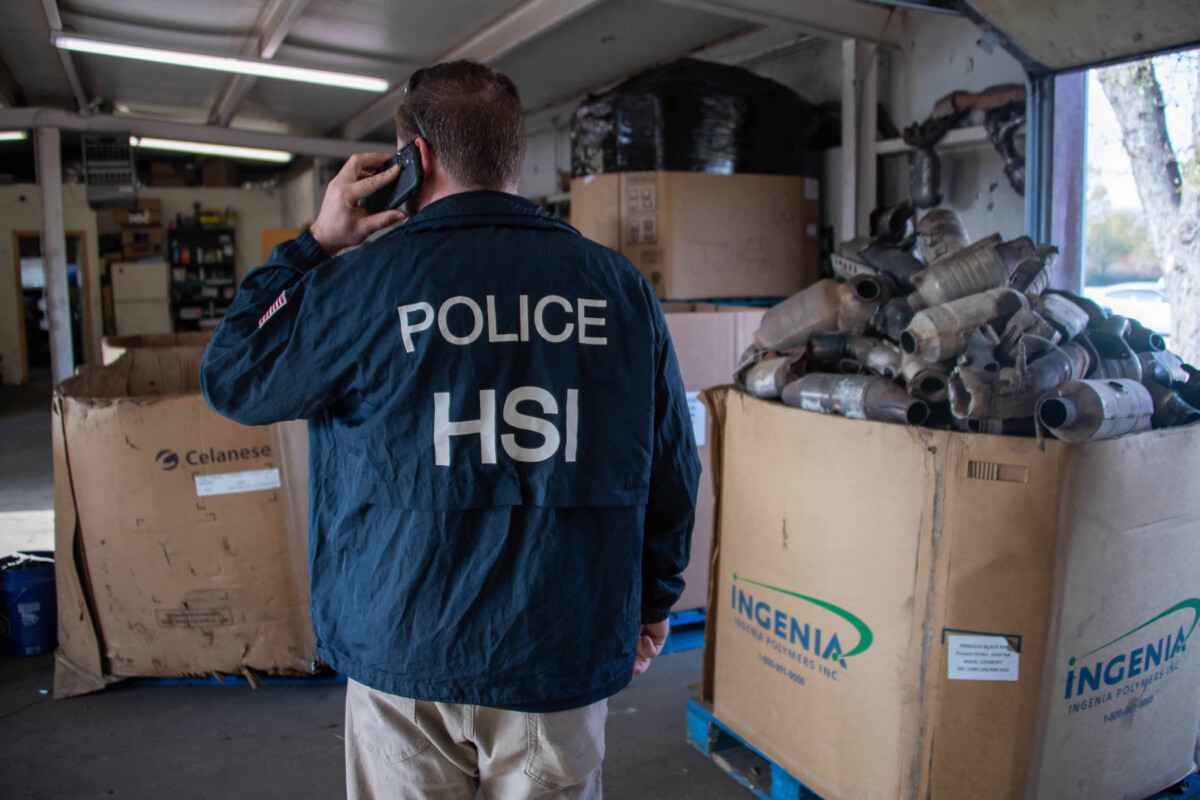An Arkansas Congressman introduced legislation that would allow positive drug screenings obtained through hair testing to be entered into the Federal Motor Carrier Safety Administration’s (FMCSA) online drug and alcohol database.
On July 10, Rep. Eric A. Crawford introduced H.R.4320, a bill that would “amend title 49, United States Code, to allow for the submission of positive hair drug test results to the Drug and Alcohol Clearinghouse of the Federal Motor Carrier Safety Administration, and for other purposes.”
Many carriers choose to administer hair tests to truck drivers, but they are not currently permitted to enter those test results into the FMCSA’s Drug and Alcohol Clearinghouse. Current U.S. Department of Transportation (DOT) rules only require safety sensitive workers to pass a urinalysis or oral fluid test, and the FMCSA will not permit the results of non-DOT required testing to be entered into the Clearinghouse.
“Only results of DOT drug or alcohol tests or refusals conducted under the authority of 49 CFR part 382 may be reported to the Clearinghouse. While employers may conduct drug and alcohol testing that is outside the scope of the DOT testing requirements, positive test results or refusals for non-DOT testing may not be reported to the Clearinghouse,” the agency said.
Hair testing is believed to have a much longer detection period of up to 90 days for certain narcotics, versus two to three days for urine tests.
A coalition of motor carriers known as the Trucking Alliance has been pushing for hair testing for years. In 2022, the Trucking Alliance petitioned the FMCSA to allow hair testing results to be entered into the Clearinghouse, but this measure did not advance.
“One of the key benefits of hair testing is its extended detection window. Hair provides not only evidence of drug use but the frequency with which a person has used the drug, for a much longer period, often up to 90 days. This allows for the detection of long-term drug use patterns and provides a more comprehensive assessment of an individual’s drug history. Additionally, hair testing is more difficult to manipulate, compared to urine samples. While individuals may try to intentionally tamper with urine test results through various means, such as dilution or using detoxification products, hair testing is more resistant to such attempts,” the group said in a 2023 blog post.
Trucking trade group Owner-Operator Independent Drivers Association (OOIDA) has generally spoken out against hair testing, noting that urine is more likely to catch recent drug use because it can take 4 to 10 days for the hair to grow out far enough from the scalp for drugs to be detected. OOIDA has also pointed to inconsistencies in the results for hair testing based on race.
H.R. 4320 has been referred to the House Committee on Transportation and Infrastructure.






